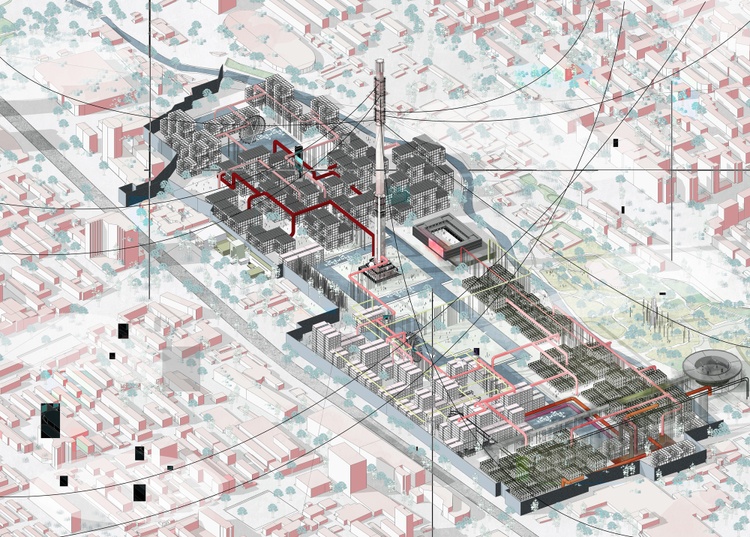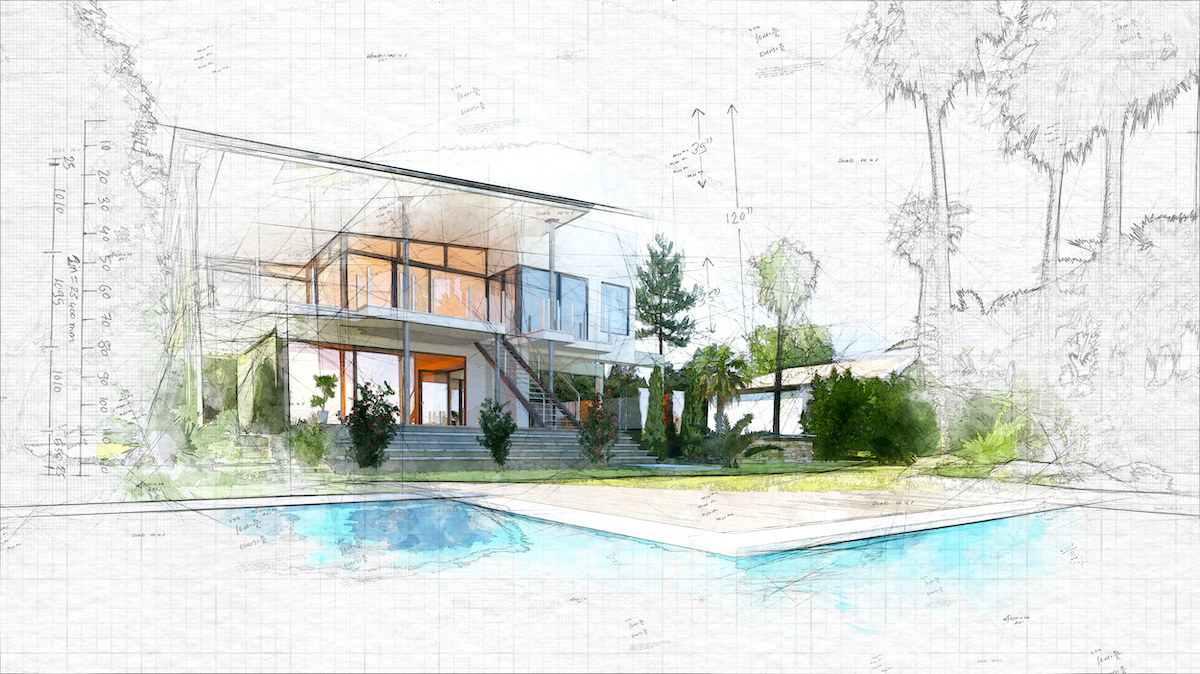The Impact of Technical Developments on the Style Practices of Contemporary Architects
The rapid development of technological tools has actually dramatically improved the design landscape for modern architects, fostering unprecedented levels of development and sustainability. Checking out these characteristics discloses a nuanced interaction between innovation and typical design methodologies, motivating a closer examination of what the future holds for architectural practices.
Advancement of Architectural Tools
How have architectural tools changed the layout and construction procedures over the centuries? The advancement of building tools has considerably impacted the efficiency, precision, and creative thinking of design and construction. In ancient times, architects rely upon basic instruments such as plumb bobs, gauging poles, and fundamental geometry to develop frameworks. These devices laid the foundation for very early building method, permitting the building and construction of famous frameworks, albeit with restrictions in precision and intricacy.
With the development of the Renaissance, the introduction of the compass and the protractor noted a critical change. These tools enabled architects to attain higher precision in their styles, facilitating the introduction of more complex and proportionate structures (cda architects). The Industrial Transformation further changed architectural method with the introduction of mechanized devices and products, enabling larger and extra ambitious tasks
In the 20th century, the advancement of computer-aided layout (CAD) software changed the landscape once more, supplying engineers with unmatched capacities in modeling and visualization. Today, progressed tools such as Building Details Modeling (BIM) and parametric design software application remain to press the borders of architectural advancement, making it possible for a more integrated strategy to design and building and construction processes.

Boosted Collaboration in Design
As innovation proceeds to evolve, boosted cooperation in design has actually come to be a foundation of contemporary building practice. The integration of digital tools such as Structure Info Modeling (BIM), cloud-based systems, and progressed visualization software application has actually transformed the means designers, designers, and stakeholders communicate throughout the layout process. These devices assist in real-time communication, enabling groups to share ideas, alterations, and feedback quickly, no matter geographical location.
Additionally, digital reality (VIRTUAL REALITY) and augmented truth (AR) have more enriched collaborative efforts by making it possible for immersive experiences that allow clients and team participants to visualize jobs in a much more interesting manner. This level of communication not only enhances understanding yet also promotes a feeling of possession among stakeholders, resulting in even more enlightened decision-making.
Additionally, interdisciplinary collaboration has been structured through these technical innovations, enabling architects to work a lot more very closely with various other professionals, such as metropolitan planners and environmental specialists. The result is a much more natural technique to make that considers different perspectives and knowledge. Eventually, improved partnership in style is not simply a pattern; it is necessary for developing innovative, functional, and visually pleasing architecture in an increasingly complex world.
Sustainability Via Modern Technology
Sustainability in style has actually significantly become intertwined with technological development, driving the industry towards eco liable methods - cda architects. Contemporary designers are leveraging advanced technologies to decrease environmental influence while enhancing the performance of structures. One prominent example is using Structure Information Modeling (BIM), which permits accurate preparation and source allotment, minimizing waste during construction and advertising power performance throughout a go to my site structure's lifecycle
Furthermore, smart products and energy-efficient systems are being integrated right into styles to optimize source usage. Technologies such as photovoltaic cells and green roofing systems harness renewable resource resources, adding to minimized carbon impacts. Furthermore, the application of expert system in design procedures makes it possible for architects to simulate and assess energy intake, directing choices toward even more sustainable end results.
The combination of sustainable technologies not just aligns with international environmental objectives but likewise fulfills a boosting need from customers for green services. As engineers embrace these technologies, the focus moves in the direction of creating areas that are not only cosmetically pleasing but likewise functionally lasting, thereby redefining the requirements of modern-day architecture. In this method, modern technology serves as a stimulant for sustainability, allowing designers to design buildings that regard and boost the natural surroundings.
Difficulties in Execution
While technical developments in design like it hold wonderful guarantee for improving sustainability, their application commonly encounters significant challenges. One main barrier is the high learning curve related to new innovations. Architects and building experts may need substantial training to properly make use of innovative software program and tools, which can postpone task timelines and raise prices.
In addition, the integration of emerging technologies, such as Building Information Modeling (BIM) and lasting products, usually demands cooperation throughout multidisciplinary teams. This partnership can be impeded by differences in experience, operations, and interaction styles, resulting in potential problems and inadequacies.
Financial restrictions additionally complicate the adoption of cutting-edge modern technologies. Lots of architectural companies, specifically smaller ones, might do not have the resources to buy cutting-edge devices, restricting their ability to take on bigger firms that can manage such financial investments.
In addition, regulative frameworks and building ordinance may not equal technological innovations, producing ambiguity and possible compliance issues. This difficulty can dissuade engineers from completely welcoming new modern technologies, as the danger of non-compliance may outweigh the advantages. For that reason, resolving these application obstacles is vital for the successful combination of technological improvements in modern building methods.
Future Patterns in Style
The obstacles connected with the application of brand-new innovations in design have actually triggered a reevaluation of future fads within the industry. As architects navigate concerns such as sustainability, urbanization, and social equity, they are increasingly taking on ingenious technologies to enhance layout efficiency and environmental performance.
One famous fad is the integration of synthetic knowledge (AI) in the layout procedure. AI devices can analyze large datasets to notify layout choices, boosting both creativity and performance. Likewise, Structure Details Modeling (BIM) proceeds to advance, enabling real-time collaboration among stakeholders and helping with streamlined job administration.
Lasting design methods are also gaining momentum, with architects concentrating on flexible reuse and regenerative style principles that reduce resource consumption and waste. The consolidation of clever products and renewable resource sources will certainly additionally improve the durability of buildings when faced with environment modification.
Additionally, the surge of parametric layout enables more personalized and context-sensitive building options. By utilizing these innovations, engineers are poised to create constructed atmospheres that not just attend to the immediate needs of culture but additionally prepare for future obstacles, consequently redefining the function of architecture in an ever-changing globe.
Conclusion
